Afrikakorps Heer 2nd pattern Field Tunic
SKU: 23.GOR.02.01.01.01.002
Estimated market value:
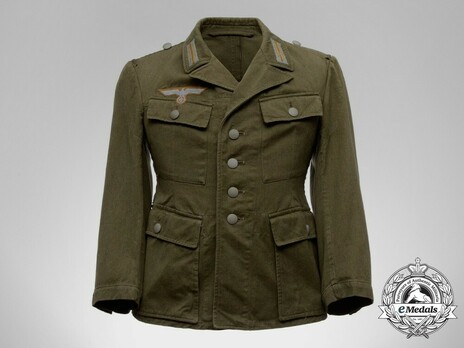
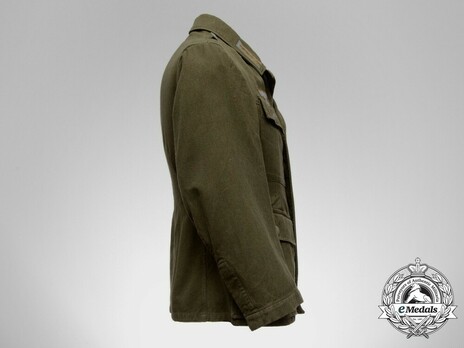
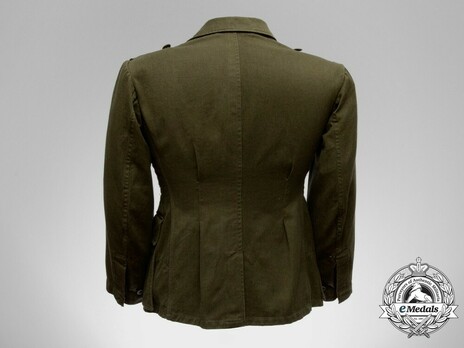
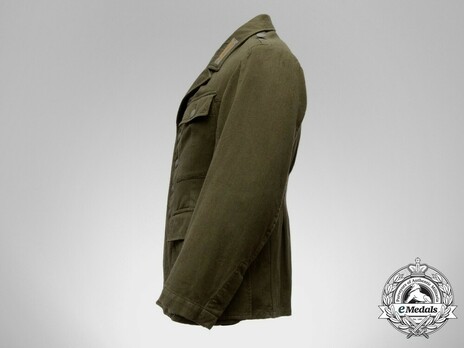
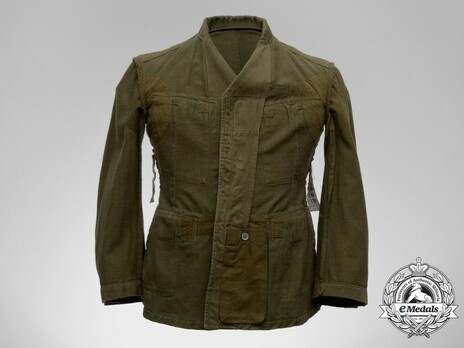
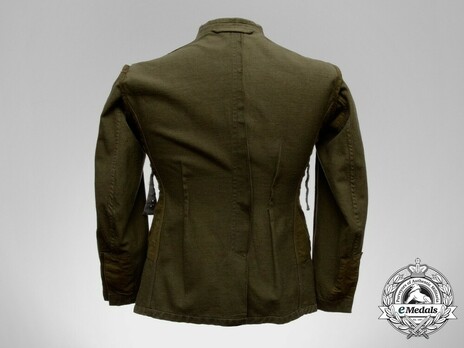
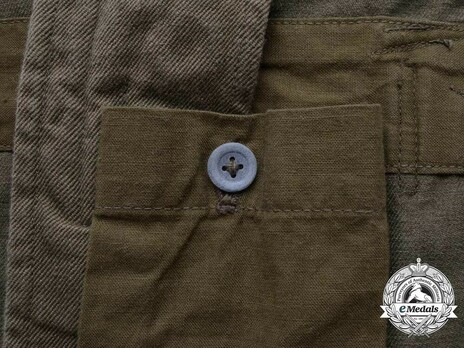
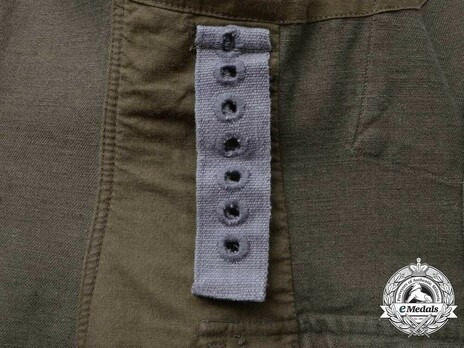
Estimated market value:
Attributes
History
During the Second World War, German troops stationed in northern Africa are generally referred to as the Afrikakorps. Technically, this is not entirely correct, since some German units operating in Africa were not actually part of the DAK (Deutsches Afrikakorps), and some units of it were, in fact, Italian ones. However, for the purpose of collecting so-called “tropical” uniforms and insignia, collectors have simplified the meaning of the term.
The first German troops were sent to northern Africa in February of 1941, to support their Italian allies against the British. The climate of the African continent made it necessary to wear specialised uniforms and gear that not only supported the soldiers in serving in a hot and arid environment, but also helped them in blending in with the landscape, which, in general, presented itself as brown, olive, khaki, or sand/tan in colour. Worn over long periods of time under the blistering desert sun, some uniforms were eventually bleached to white or off-white. Uniforms and insignia in these colours are often referred to as “tropical”, and it is worth noting that they weren’t just worn by members of units stationed in Africa, but in the entire Mediterranean theatre of war, including southern France, Italy, the Balkans, and Greece, as well as in southern Russia during the summer months. Tropical uniforms were worn by members of all three branches of the Wehrmacht: the Heer (army), the Kriegsmarine (navy), and the Luftwaffe (air force). Members of the Waffen-SS stationed in southerly regions also wore tropical-style uniforms, and even though they technically have no connection to the DAK, all tropical uniforms and insignia of all branches of the German military are listed here.
Afrikakorps soldiers in the German Army wore a tropical tunic that was made of lightweight canvas or cotton drill. The design is the same as that of the regular Army tunic. It ranges in colour from light brown to olive-green to khaki to sand/tan-coloured. Two models exist, one with pleats on the pockets, one without. Generals and officers would normally only wear the pleated version. The collar Tresse (braids) of the NCOs is made of light brown cotton or artificial silk.
The initial Army tunic of 1933 has a front closure with five buttons. There are four box-pleated buttoned patch pockets with scalloped flaps, two on the chest and two on the hips. There is also a buttoned inside pocket on the right front. The fall-down collar was initially made from basic cloth, but this changed to badge cloth in December of 1934. The sleeves have no cuff turn backs. The tunic has belt hook eyelet holes in the front and back on both sides of the waist to attach removable metal belt hooks, which are used to secure the belt.
A few smaller changes were made between 1935 and 1936, with the most recognisable being the change of the collar colour to blue-green. Additionally, the same colour was now used for the cloth backing of all insignia used on the uniform. This was done due to an order dated to September of 1935.
Changes that began to affect the tunic during the war years and culminated in the M43 version already began in 1940. That year, the colour of the collar went back to the basic field-grey of the tunic. In May of 1941, the tunic was changed to include a six button front closure. In 1942, the pleats were removed from the pockets, and in 1943, straight pocket flaps were introduced. These changes were all made due to practical and economical reasons. Using fewer production steps saved time and material.
Alterations of older uniforms to have them in keeping with newer regulations were common. Private alterations of uniforms, sometimes against regulations, were also done, often just to make the uniform more fashionable. Because of this, few uniforms will actually conform to the ideal description of any tunic model.
NCOs (non-commissioned officers) wore tunics identical to those worn by EMs (enlisted men). The only difference was in the tunic’s insignia. For more information on these, see the relevant insignia chapters. The only difference that was part of the tunic itself is the aluminum Tresse (braiding) along the edge of the collar.
Tunics worn by officers underwent fewer changes and, from the mid-30s on, basically remained the same. They are of better, tighter fit than those of NCOs and EMs. Officer tunics’ sleeves have deep turn-back cuffs. They also have a white buttoned-in collar. Generals wore the same tunic as officers, but with gilt buttons.
It was not uncommon for Afrikakorps Officers to simply use Officer grade shoulder boards, but keep the other NCO/EM insignia of their tunic.


Comments
Sign in to comment and reply.


Scroll Top